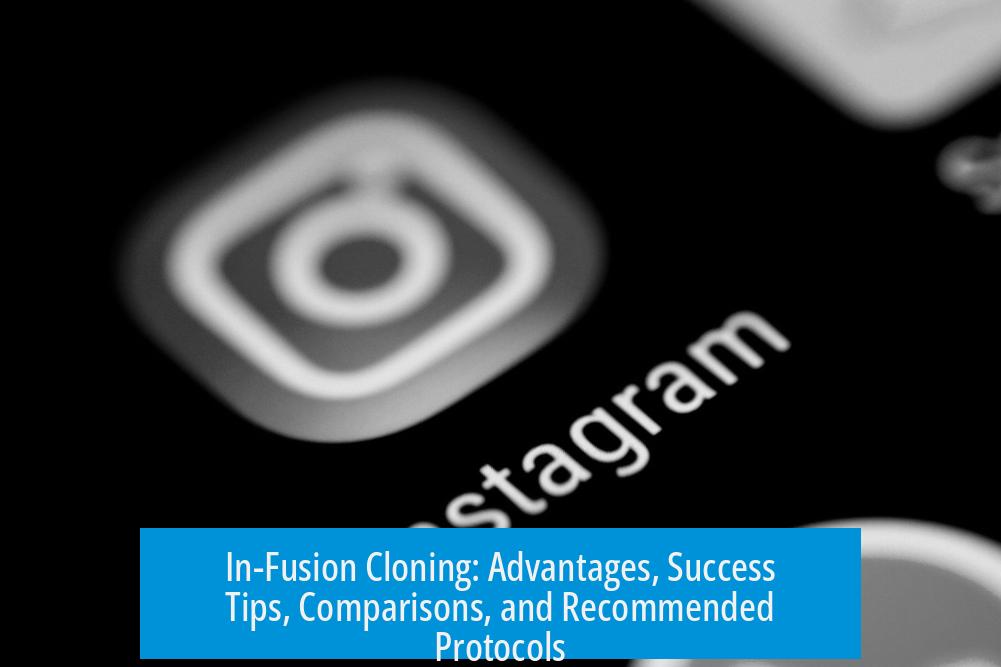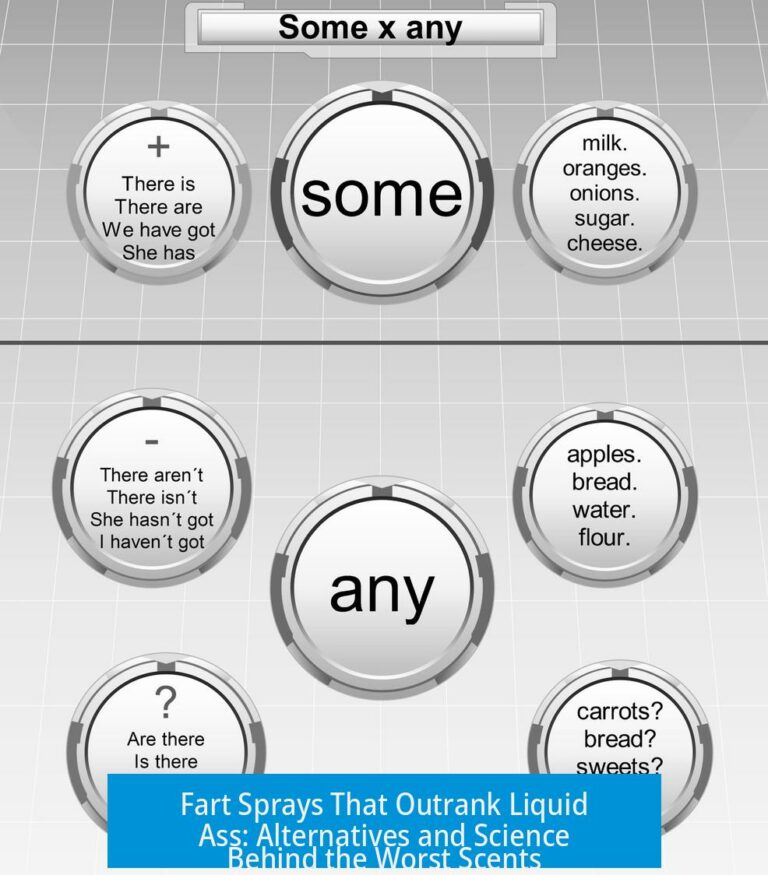Understanding In-Fusion Cloning
In-fusion cloning is a reliable molecular biology method that uses homologous recombination instead of traditional ligation to insert DNA fragments into vectors. This technique allows precise and efficient joining of DNA with overlapping ends. It is preferred for its accuracy and reproducibility, especially when generating a small number of colonies.
Advantages of In-Fusion Cloning
- High reliability: Yields good quality clones consistently.
- Precision in DNA assembly: Uses 15 base pair overlaps for seamless recombination.
- Speed: Eliminates the need for restriction enzymes and ligase steps.
- Flexibility: Compatible with multiple fragment cloning when designed properly.
Many researchers favor in-fusion cloning over traditional ligation methods because of its simplicity and dependable outcomes. Although the reagents can be more expensive, the success rate justifies the cost. Labs report strong performance, especially when following recommended protocols strictly.
Key Considerations for Success
Primer design plays a critical role in in-fusion cloning. Primers must include homologous sequences that match the ends of the vector and insert. Incorrect primer design significantly reduces cloning efficiency. Strict adherence to instructions is essential for optimal results.
Recommended Protocols
Following established and peer-reviewed protocols improves outcomes. One widely cited protocol published in PLOS ONE offers detailed guidelines that enhance the reproducibility of in-fusion cloning results. Accessing reliable protocols supports consistent success.
Comparison With Other Cloning Methods
| Method | Best Use Case | Advantages | Limitations |
|---|---|---|---|
| In-Fusion Cloning | Small number of colonies, basic cloning | High reliability, precise recombination | Costly reagents, less suited for many inserts |
| Gibson Assembly | Multiple inserts, complex cloning | Higher efficiency for large constructs | More complex setup, may require optimization |
| Traditional Ligation | Simple cloning with compatible ends | Low reagent cost | Lower efficiency, time-consuming |
For complex assemblies or when a large number of colonies are needed, Gibson assembly often outperforms in-fusion cloning. However, in-fusion remains a strong choice for simpler tasks due to its straightforward workflow.
Perspective on Commercial Kits
Some researchers view commercial cloning kits skeptically, suggesting many basic cloning kits may not offer cost-effective advantages. They recommend following open-access protocols backed by experimental evidence to ensure cloning reliability.
Key Takeaways
- In-fusion cloning uses homologous recombination for accurate DNA assembly.
- It offers high reliability with fewer colonies and simpler cloning projects.
- Correct primer design is crucial for successful cloning.
- Gibson assembly suits complex or multiple-insert cloning better.
- Following validated protocols boosts reproducibility.





Leave a Comment